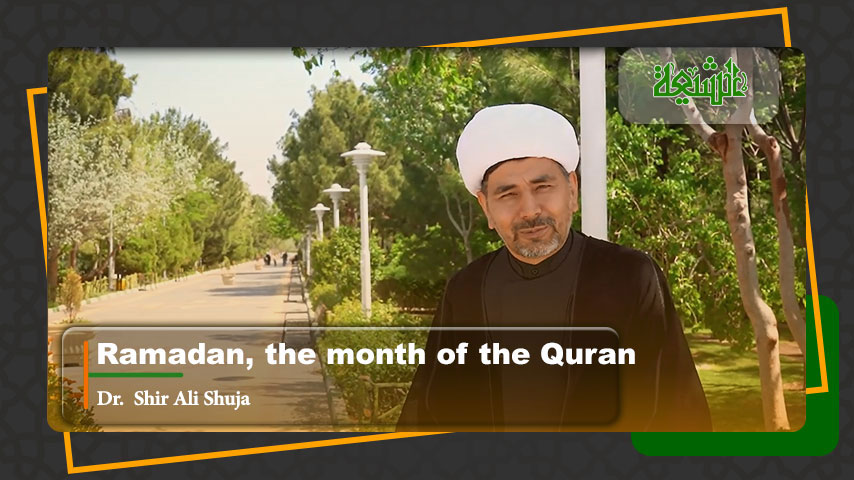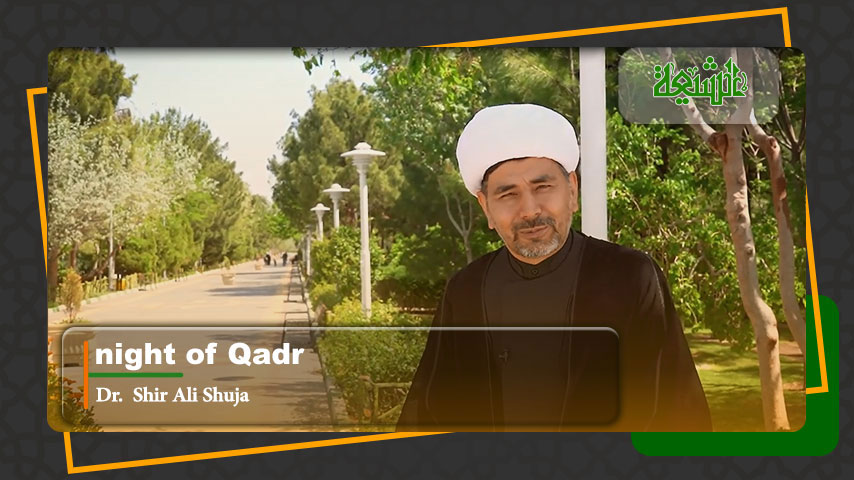In this part of the article titled “A Glance at the life of Imam Hadi”, we shall focus on other aspects of the life of this great personality in Islam and beyond.
What authors say about him (continued)
11. Aagha Buzurg at-Tahrani : This great researcher says, ‘Imam al-Hadi (a.s.) was the best of his brothers. He inherited the knowledge and generosity of his fathers. The Imamate transferred, and was limited to him from among his brothers because he had fulfilled all the conditions of Imamate. The conditions of Imamate are knowledge, justice, qualifications, soundness of senses and organs that does not affect one’s determination and action, being Arab from Quraysh, besides being from the Hashemites…’(1)
12. Khayruddeen az-Zarkali: He says, ‘Ali al-Hadi bin Muhammad al-Jawad bin Ali ar-Radhiy bin Musa bin Ja’far al-Husayni at-Talibi was the tenth of the twelve Imams for the Shia and one of the pious virtuous ones.(2)
These were some words said by scholars’ showing their admiration towards Imam al-Hadi (a.s.) and some of his high qualities for he was the highest religious authority in the Islamic world.
Rulers of the Time
The thirty-three years of Imamate of Imam ‘Ali an-Naqi coincided with the caliphate of the following six caliphs Mu‘tasim bin Harun, Wathiq bin Mu‘tasim, Mutawakkil bin Mu‘tasim, Muntasir bin Mutawakkil, Musta‘in, and Mu‘tazz bin Mutawakkil. Wathiq bin Mu‘tasim had a very promiscuous lifestyle, and had no time to harass the Shi‘as and the Imams of the Ahlul Bayt. During his caliphate, a large number of the descendants of Imam ‘Ali (a.s.) had settled in Samarra, the ‘Abbasid capital.
But the peaceful days for the ‘Alids and the Imam did not last long. After Wathiq, his brother Mutawakkil, came to power. Mutawakkil was the most cruel of all the ‘Abbasid caliphs; he is comparable to Yazid bin Mu‘awiyah of the Umayyads. Mutawakkil, on the one hand, started promoting the Shafi‘i madhhab in order to distract the masses away from the Ahlul Bayt. And, on the other hand, he intensified harassment of the Shi‘as. He had such hatred for the Ahlul Bayt that in 236 A.H. he ordered the grave of Imam Husayn (a.s.) be leveled to the ground, and that the surrounding area be transformed into farmlands so that no trace of the grave be left.
This all was done to stop the Shi‘as from visiting (ziyarat) the graves of Imam Husayn (a.s.) and the other martyrs of Karbala. But when Allah wishes to protect His “light” no human can do anything about it! The attempt to erase all traces of Imam Husayn’s grave angered many Muslims; people starting writing anti-‘Abbasid slogans on the walls. Opposition poets also expressed their feelings on this issue.
A famous poem against Mutawakkil is given below: By Allah, if the Umayyids unjustly killed Husayn, son of the Prophet’s daughter, his cousins have committed a similar crime for I swear that Husayn’s grave has been erased. It seems that they regret for not participating in the massacre, so they now go after the grave!
Mutawakkil enjoyed torturing the followers of the Ahlul Bayt; even the persons appointed by him as governor in Medina and Mecca were instructed to prevent people from being kind and courteous towards the Ahlul Bayt. In 234 A.H., Mutawakkil ordered Imam ‘Ali an-Naqi (a.s.) to be brought from Medina to Samarra where he was placed in a house next to the caliph’s garrison. The Imam lived under constant surveillance until Mutawakkil was murdered by his own troops at the instigation of his own son, Muntasir.
Muntasir bin Mutawakkil reversed the policies of his father towards the Ahlul Bayt (a.s.); he was kind and generous to them; he returned the property of Fadak to the descendants of Imams Hasan and Husayn (a.s.). Unfortunately his caliphate did not last for more than six months when he died in 248 A.H. Musta‘in came to power after Muntasir and continued the oppressive policies of his ancestors. But soon his own Turkish troops rebelled against him and pledged allegiance to Mu‘tazz bin Mutawakkil whom they rescued from prison. Finally, Musta‘in was killed and Mu‘tazz become the caliph.
It was during the reign of Mu‘tazz bin Mutawakkil that Imam ‘Ali an-Naqi was martyred by poisoning.
Imam Tortured by Abbasid Caliphs
After the death of al – Ma’mun , al – Mu`tasim succeeded him , and was later followed by the caliph al – Wathiq . In the first five years of the reign of al – Wathiq , Imam Ali al – Hadi ( an – Naqi ) lived peacefully . After al – Wathiq , al – Mutawakkil came to power . Being too occupied in State affairs , al – Mutawakkil did not get any time to harass the Imam and his followers for four years. But as soon as he freed himself from State affairs, he started to molest the Imam. The Holy Imam devoted himself to the sacred mission of preaching in Medina and did thus earn the faith of the people as well as their allegiance and recognition of his great knowledge and attributes. This reputation of the Imam evoked the jealousy and malice of al – Mutawakkil against him.
The governor of Medina wrote to al – Mutawakkil that Imam `Ali al – Hadi had been maneuvering a coup against the government and a multitude of Shi’ites were pledged to his support. Although enraged by this news al – Mutawakkil still preferred the diplomacy of not arresting the Holy Imam. Under the garb of pretended respect and love towards the Imam , he planned to put him under life imprisonment after inviting him to his palace. Prior to his imprisonment, in a series of correspondence with the Imam, he expressed the view that he was convinced of all the claims of the Imam and was ready to settle them amicably. He wrote to the Imam that having been acquainted with his great personality , his matchless knowledge and his peerless attributes , he was impatiently looking forward to the honor of seeing him , and he most cordially invited him to Samarra’ .
To be Continued
NOTES:
_______________________________
1. Shajarat as-Sibtayn, (manuscript).
2. Al-A’lam, vol.5 p.140.
















